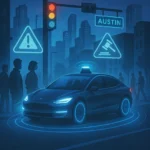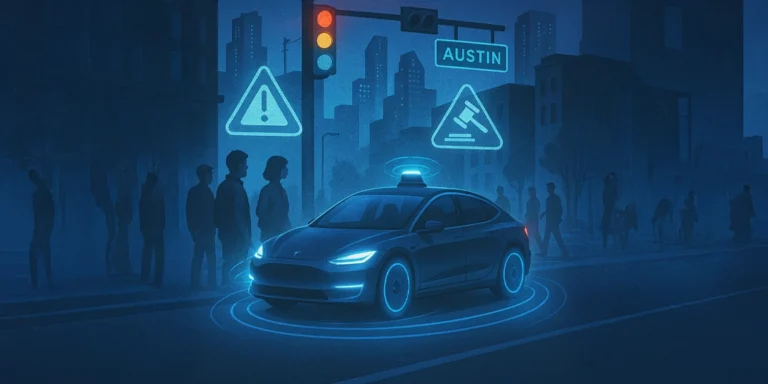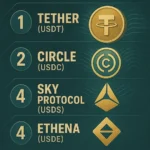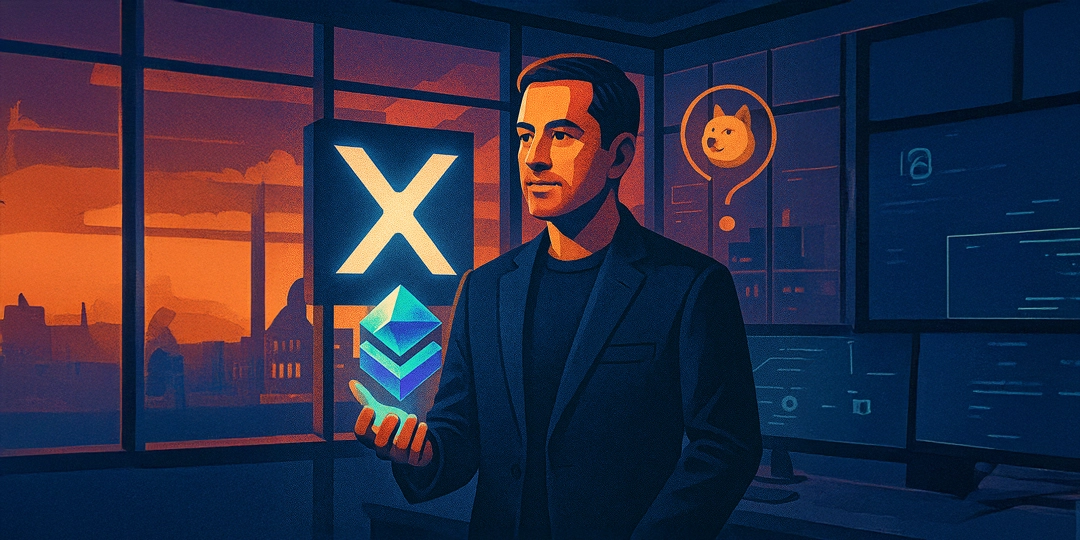In the heart of U.S. city Austin, Texas, Tesla is quietly testing what may be its most ambitious project yet: self-driving Robotaxis.
Access to the service is currently limited to select Tesla investors and social media influencers, whose reactions have been largely positive. One user on X (formerly Twitter) wrote: “No one is in the driver’s seat, and the safety monitor in the passenger seat doesn’t have a steering wheel or pedals. It was awesome.”
Here is my experience (in 4K) from earlier today in one of the world's first ever public Tesla Robotaxi rides in Austin, Texas with FSD Unsupervised! No-one is in the driver seat and the safety monitor in the passenger seat does not have a steering or pedals.
— Sawyer Merritt (@SawyerMerritt) June 22, 2025
It was awesome. pic.twitter.com/2Ied9SYvUT
Tesla has high hopes that its service will outperform competitors by relying solely on in-car cameras rather than expensive external sensors. This approach reduces costs, and the company believes the more affordable model will appeal to customers and help it dominate the autonomous vehicle market.
However, the pilot program — operating with 12 modified Model Y vehicles within designated geofenced areas — has raised concerns among regulators and the public. Tesla says that, for now, these self-driving taxis will not operate in adverse weather and are restricted from transporting passengers under the age of 18.
Robotaxis making sharp, unexpected stops
While the concept sounds futuristic, the reality has been more chaotic. Multiple videos have emerged showing Tesla’s Robotaxis making abrupt stops, missing turns, and becoming confused on relatively simple routes. The National Highway Traffic Safety Administration (NHTSA) is currently investigating these issues, in addition to its ongoing probe into Tesla’s Full Self-Driving (FSD) technology.
These setbacks aren’t new for Tesla. Elon Musk once claimed that fully self-driving cars would be ready by 2016 — a promise that never materialized. A promotional video from that year, used to showcase the technology, was later revealed to have been staged. Internal emails suggest Musk was aware that the footage was not recorded in real time.
Despite past delays, Musk recently stated during an investor call, “I’m confident \[Robotaxis] will be available in many U.S. cities by the end of this year.”
Texas tightens oversight ahead of full rollout
On the regulatory front, Texas is taking a more active role in overseeing autonomous vehicle operations. A new law signed by Governor Greg Abbott requires companies operating autonomous vehicles to obtain specific permits from the Texas Department of Motor Vehicles (TxDMV).
Effective this September, the legislation mandates compliance with emergency safety protocols and adherence to Level 4 autonomy standards. The law is designed to ensure better oversight, operational safety, and consumer protection.
Despite the hurdles, the market sees strong potential in Robotaxis. Autonomous vehicles could generate consistent revenue and high margins, making this segment strategically important for Tesla and its investors.
UAE at the forefront of autonomous mobility
Meanwhile, global competition in autonomous mobility is intensifying. The UAE is positioning itself as a leading hub for the sector, driven by strong government support, clear regulations, and dedicated infrastructure. The country has progressed from pilot programs to full-scale planning.
Dubai, under its Smart Dubai initiative, aims for 25% of all transport trips to be driverless by 2030. Mattar Al Tayer, Director General and Chairman of the Board of Executive Directors of the RTA, stated, “The deployment of autonomous taxis will support the integration of transport systems by enhancing first- and last-mile connectivity for public transport users.”
To support these goals, Dubai has signed multi-year agreements with companies such as Uber and WeRide. Chinese tech giant Baidu plans to deploy the first 100 fully autonomous RT6 Robotaxis in the emirate this year, offering electric, driverless logistics services.
While companies like Waymo, Cruise, and Baidu are advancing in the U.S., Dubai is laying the foundation, and Tesla is experimenting in Austin. Tesla still holds significant brand power and investor support, but the road to full autonomy may be more turbulent than Elon Musk predicted.















